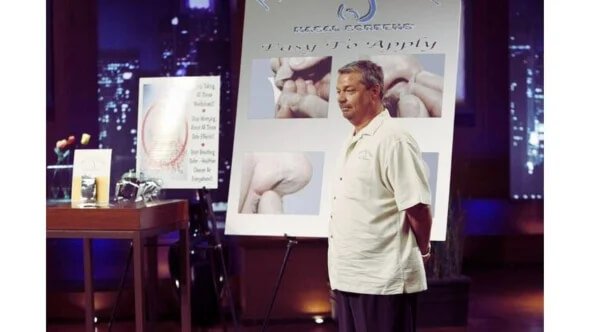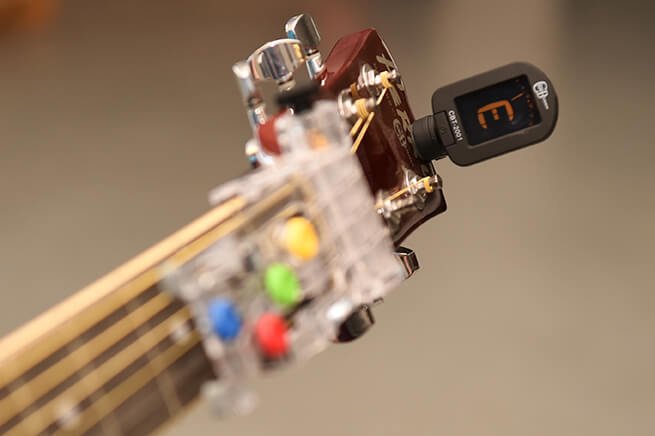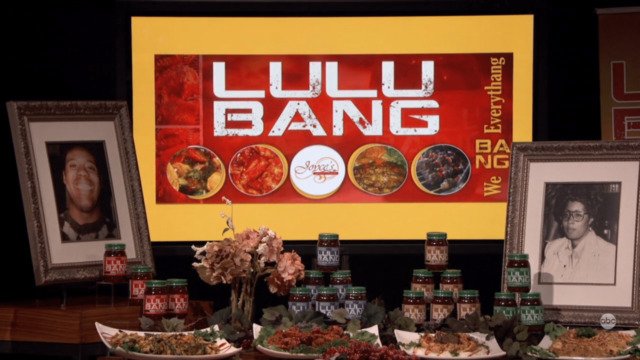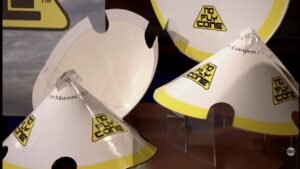They got a deal… but did it matter? That’s the Shark Tank myth. You land a handshake and the world thinks you’ve minted your first million. Ask anyone who’s chased actual money—after the cameras cut, the real grind starts. Let’s talk about First Defense Nasal Screen, a business that went from pitch-room punchline to global player. This isn’t a fairy tale. It’s real startup hustle.
Contents
ToggleThe Pitch: When the Sharks Laughed…and Then Shut Up
Picture it: Season 2, Episode 2. Joe Moore steps onto Shark Tank with a sticky filter and says, I want $500K for 10%. The sharks eye-roll so hard you almost hear it. Mark Cuban snickers, Are you kidding me? But veterans know—skepticism is part of the game. First impressions don’t close deals. Real numbers do.
Moore? He wasn’t green. He let the Sharks air out jokes, then dropped the hammer: 1.7 million units sold before TV. And an ironclad contract for another 8 million units over six years. That’s not a pipe dream. That’s leverage. I’ve seen too many founders stutter when pressed on the numbers—Moore had them ready to go.

Sales Numbers and Contracts: The Real Muscle Under the Hype
Lots of founders chase TV hoping for a viral miracle. Moore already had proof—1.7 million units moved before he even met the Sharks. And when you talk contracts, don’t just say we have a deal coming—Moore had a signed, multi-million contract on the table. Suddenly, those little filters didn’t look so silly.
This is when deals start to look real. You show up with numbers, nobody cares if your product looks weird. That sales foundation? That’s why the Sharks sniffed out real money here. If you want to impress investors—or even just your buddies—show them cold, hard sales first.
Net Worth: Where’s First Defense Nasal Screen at Now?
You want numbers: today, First Defense Nasal Screen is worth around $50 million. Let’s not sugarcoat it. That’s an insane leap from a prime-time punchline. And that valuation? Not just Shark Tank hype. We’re talking patents in 50 countries, global distribution, DTC sales, and subscription models—this is a real company now.
How’d they get there? Three things: global scale, product simplicity, and non-stop hustle. Some companies live and die on a single platform—these guys are everywhere. Website, Amazon, monthly mailings. They did what the best DTC brands do: make buying easy, keep you coming back, and own your problem (allergies, in this case).

The Deal That Didn’t Happen: Here’s What TV Doesn’t Tell You
On camera, Moore lands the golden handshake. Mark Cuban, Kevin O’Leary, and Daymond John all in. $750K for 30% of the business and a 10% perpetual royalty. Feels like history, right? Here’s where real operators pause. Half of closed Shark Tank deals never make it past due diligence. The cameras don’t show the lawyers, fine print, or changing minds.
In First Defense Nasal Screen’s case, that big, fat deal never actually closed. I’ve seen this before—valuation standoffs, different priorities, or someone just backs out. Guess what? That didn’t stop Moore. It lit a fire. Shark Tank gave him rocket-fuel exposure; he used it to go direct, scale, and chase international money.
After the Show: The Hustle Goes Global
If you want to see how grind pays, look here. After the episode aired, everyone remembered the nose filters pitch—suddenly, international players called. Moore used Shark Tank hype to land licensing deals, patents, and contracts in dozens of countries. We made you famous, YOU made us rich, is how the best show their gratitude to the Tank.
He didn’t stop at selling units. Moore went for patents—locking out copycats across 50+ countries. I’ve seen entrepreneurs blow publicity on the wrong things. This guy tripled down on distribution, then protected his turf. Now, First Defense Nasal Screen pops up in allergy packs from Asia to Europe.
If you want a case study in turning TV buzz into permanent revenue, start here.
The Product: Does First Defense Nasal Screen Actually Work?
Alright, product time. What is this thing? A tiny, nearly invisible adhesive filter you stick onto each nostril. It screens out allergens, dust, pollutants—basically anything small enough to make your nose miserable.
The pitch says the screens block 99% of particulates. Real customers say this: it’s weird at first, but for allergy folks and city commuters, it can be a lifesaver—especially when the alternative means sneezing through meetings or masking up forever.
Is it a Scrub Daddy in terms of viral buzz? No. But if you’re a parent with a kid who can’t stop sneezing, or a commuter in Delhi, this thing is gold.
Current Status: Are They Still in Business, or Was It All Hype?
Short answer: still here, still selling strong. First Defense Nasal Screen built a real, multi-channel business. You can buy the screens right from their own website or Amazon, in single packs, family packs, or on a monthly subscription that lands fresh filters on your doorstep. Direct sales, auto-ship plans, and Amazon reviews in the thousands back up what I’m saying.
What sets them apart? Moore never let hype replace product. The screens solve a real, ongoing problem. Allergy season? High-pollution city? Those customers don’t disappear.
If you’re looking for a business that lasted beyond their TV moment, this is one of Shark Tank’s rare poster children.
Conclusion: Lessons From the Shark Tank Trenches
Here’s the play-by-play for real-world hustlers:
- TV deals can land you press, not always cash. That’s fine. Use the hype.
- Your numbers matter more than a clever pitch. Cash moves, not catchphrases.
- Lock down intellectual property, scale globally, and outwork the next copycat.
- Media moments fade—subscriptions, reorders, and global contracts stick.
Joe Moore and First Defense Nasal Screen didn’t invent a movement. They solved a problem people actually hate. The Sharks were right to bite, but Moore was even smarter to run with the buzz whether the deal closed or not.
If Shark Tank calls your number, remember: TV can light the fuse. Only execution brings the explosion.
For full founder stories, growth stats, and deep dives into net worth, check out SharkWorth. It’s the only site where the numbers don’t lie.
FAQs
1. Is First Defense Nasal Screen still in business?
Yes, First Defense Nasal Screen is very much alive—selling online, through Amazon, and in international markets.
2. Did First Defense Nasal Screen actually close a deal with the Sharks?
No. They shook hands with Cuban, O’Leary, and John on air, but the deal fell through after filming.
3. How much is First Defense Nasal Screen worth today?
About $50 million. The value comes from real sales, international contracts, and strong intellectual property.
4. Where can you buy First Defense Nasal Screens?
Order direct from their website, on Amazon, or with a subscription plan for monthly shipments.
5. Does the product really help with pollution and allergies?
Many customers report relief from allergens and pollutants. It’s not a cure, but it blocks a lot of junk.
6. How did Shark Tank exposure affect the company’s growth?
The show brought global attention. That led to licensing, international sales, and rapid brand growth.
7. What happened to Joe Moore after Shark Tank?
He used the TV buzz to scale up distribution, file global patents, and turn a small business into a worldwide operation.
8. Is the company still expanding internationally?
Yes. Licensing, distribution, and patent protection in over 50 countries means their footprint keeps growing.
9. Are First Defense Nasal Screens available outside the USA?
Absolutely. The company ships worldwide and partners with international distributors for broad access.
Want the real dirt on Shark Tank deals? SharkWorth tells you what happened after the pitch—no spin, just results.









